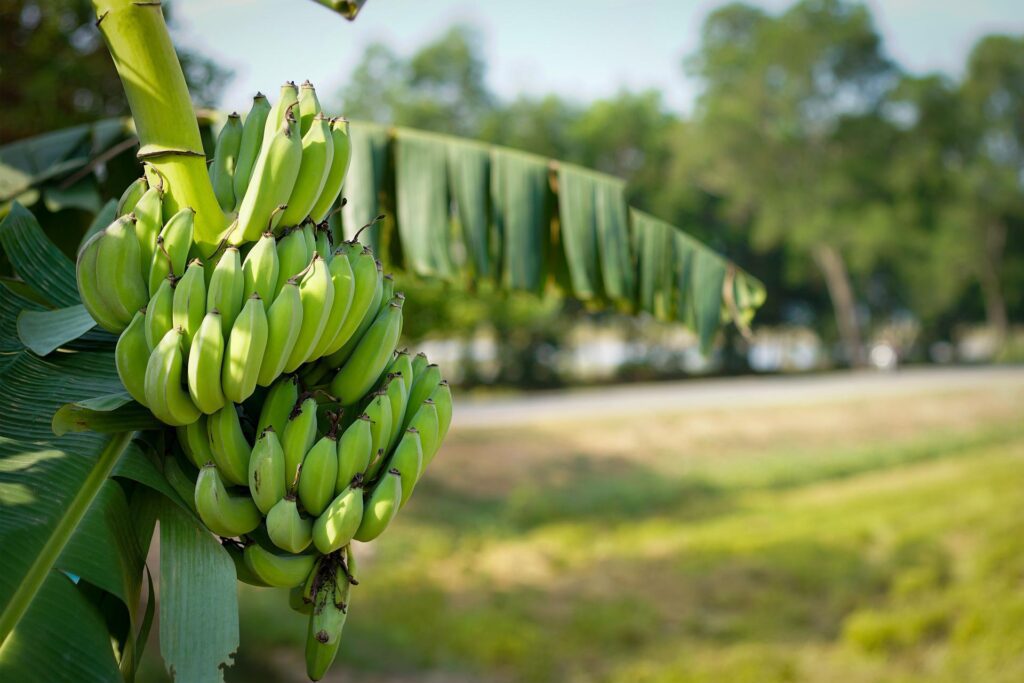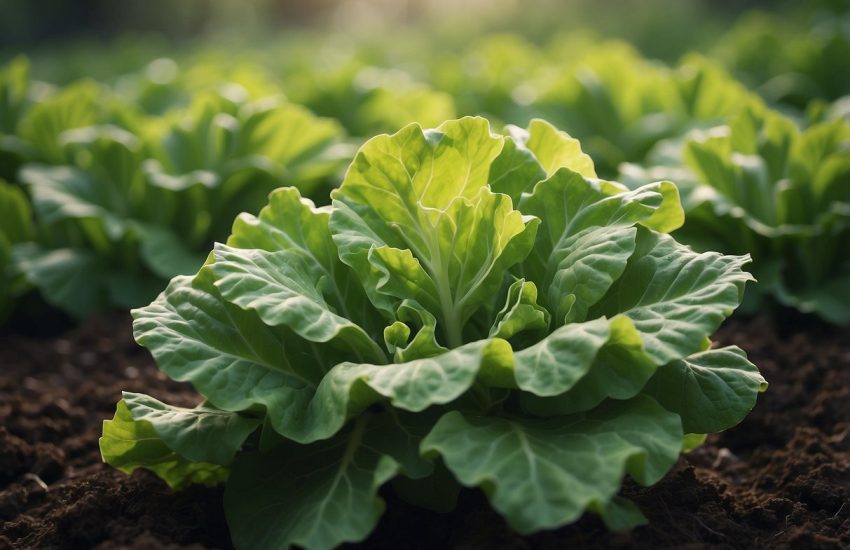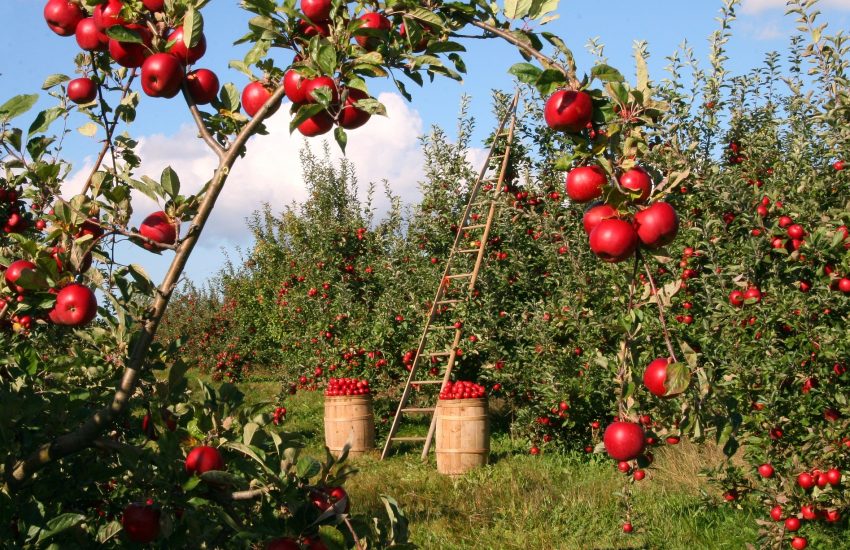Banana Planting: How to Plant and Care
Banana planting is one of the most popular types of farming followed all over the world. Bananas, one of the most common fruits consumed all over the world, is also the second largest fruit industry in the world. This popular fruit is not only a delicacy but also filled with so many nutrients.
Banana is not only rich in carbohydrates but also various other nutrients. Calcium, potassium, magnesium, sodium, and phosphorous are the minerals found in bananas which makes them healthy fruit. Banana is also preferable because they can be consumed in several methods. It can be eaten as a whole food or in its processed or canned form. Belonging to the family of Musaceae, it is also biologically known as Musa Cavendish and Musa Paradisaic.
Banana farming not only yields its fruit as the final product but also other products. Its stem, leaves, and other parts of the tree can also be used. Thus, banana being an economically heavily demanded product is sure to yield great profits and would always be a successful business.

Climate required in banana planting
Banana, just like other plants, tends to grow in certain climatic conditions. These climatic conditions ought to be fulfilled if successful banana farming should be achieved. Bananas are tropical fruits. Being tropical plants, they tend to thrive and develop better in a temperature range of around 15 degrees Celsius to 35 degrees Celsius.
The suitability of humidity is also a criterion to be looked after. 75 to 80 percent of humidity is required for proper growth and survival. Tropical humid lowlands are preferred for banana farming. An elevation of 2000 m above sea level is an optimum type of land where banana farming can be carried on. These plants can be grown in a variety of humid tropical to dry subtropics. Thus, they thrive in various places. However, a temperature below that 12 degrees Celsius does not hold well.
They tend to cause chilling injury to these plants. Any heavily windy area must be avoided. An area where the wind velocity is above 80 kilometers per hour is very dangerous to these plants as they tend to damage the plants and could potentially cause risk to these plants. 700 mm of rainfall is considered the optimum rainfall required to carry on banana farming. These are the basic climatic conditions that are required to carry on banana farming and to ensure a successful yield.
See Also: Kiwi Farming
Soil required in banana planting
The process of banana farming must also consider the soil on which is carried on. Soil requirements have to be taken care of before pursuing banana farming. Banana farming turns out to be successful if they are carried on rich and loamy soil. These loamy soils with a pH ranging from around 6 to 7.5 serve as the best type of soil for bananas.
The loamy soil which is deep and rich supports the growth of the bananas. The ananas also requires a soil type that has good drainage. Good drainage ensures that there is no instance of water clogging or excessive water and thereby protects the plants. Ill-drained soils prove to be troublesome in the process of raising banana plants. Saline soil should never be considered to practice banana farming.
Calcareous soil is also not suitable for banana cultivation. Sandy soil or heavy black soil should be avoided at all costs as they have poor drainage. The soil too further helps in the development of the bananas can be mixed with organic materials. These materials can be rich in potash and phosphorous. These nutrients are essential and help in gaining a good yield. These are the criteria to be fulfilled regarding the soil in the process of banana farming.
Planting of banana
Before the process of planting, the land has to be prepared and made suitable for the process of planting to begin. Before beginning the process of banana planting, other green and manure crops ought to be planted and should be buried in the ground. This will act as a natural fertilizer and improve the process of growth. The ground has to be leveled before planting. Leveling can be done around 2 to 3 times. A rotavator or harrow could be used for this purpose. During this process, Farmyard Manure or FYM can be added to bring more fertility to the soil.
The planting material used in cases of banana farming is generally of two types. Suckers and culture seedlings are the two planting materials of the banana crop. The suckers are preferred much more than culture seedlings. Suckers are preferred 70 percent more than culture seedlings. The most commonly used material for propagation is the sword sucker. These sword suckers have a well-developed rhizome and they are usually spherical. They also tend to have an actively growing conical bud.
These sword suckers usually weigh around 700 grams. However, the use of suckers is not all easy and faces some issues. These suckers in many instances get affected by pathogens and sometimes by nematodes. Other huge issues of using suckers are that they may vary in size and age. In these cases, the process of harvesting becomes very hard. This will ultimately lead to poor management, wastage of crops, and poor yield.
It is in such a situation that vitro clonal propagation is growing in popularity. The tissue culture planting method is now gaining popularity and is preferred by all. This is mainly due to the reason that this method is disease-free and high yielding. The tissue culture method ensures that the plants are just like their mother plant and are healthy and good enough.
This material is free of pests and any kind of diseases there is also an advantage of early maturing and thus, harvesting can be done in a shorter period. These seedlings are available throughout the year. Thus, they can be planted at any period. Tissue culture materials also ensure there are two successive ratoons. This is done in a short period. Thus, the yield is higher and hence tissue culture material is highly preferred.
The method of planting is usually the pit planting method. In this case, a pit is dug which is usually 0.5 x 0.5 meters. In case the planting is done in ridges and furrows, the pits so dug are even smaller in size. These pits can be mixed with topsoil. To avail more yield, FYM. This FYM can be used at around 10kgs and the neem cakes could be used at around 500 grams.
These holes once prepared, have to be left open for around 10 days. This is a crucial stage as the sunlight hits these pits and kills all sorts of unwanted insects and pests. This will prevent any kind of disease from infecting the plants. The holes so dug must also undergo a Ph test. The pH value should be around 8 to ensure the good development of the plant. To adjust the pH value, organic matter and gypsum could be used. The suckers and then planted in these pits and these pits are covered with soil around them.
While planting, the pseudo stem ought to be at least 2 cm below the ground. Sil must be gently pressed around to keep the plant erect and steady. Deep planting must not be followed. Once the process of planting is done, it is necessary to irrigate the field to provide sufficient moisture to these plants. These are the factors to be considered while planting bananas.
Irrigation in banana planting
Water plays an important role in the case of banana farming. Banana farming is highly dependent and directly influenced by the amount of water available. Bananas are highly dependent on water and an adequate water supply is required. Bananas require a huge amount of water for their growth and development. But the trouble lies at the roots.
The roots of bananas are poor absorbers. They are poor withdrawal of water. Thus, irrigation of banana farming is quite tricky. Due to this, the method of drip irrigation is growing in popularity. Drip irrigation ensures sufficient moisture and also prevents the wastage of water, especially through evaporation. Bananas tend to develop better when they are given around 2000 mm of water.
They require 2000mm of water per annum to support their growth, making irrigation an indispensable part of the case of regions with scarce water supply. Drip irrigation can be combined with the process of mulching to ensure even more success. Thus, these are the various factors that ought to be considered while following irrigation.
Banana Harvesting
The process of harvesting is an important stage as it determines the yield and ultimately the profit availed. The moment to begin the process of harvesting will be determined by the bananas. Certain indicators will show that the bananas are ready to be harvested. These are usually identified by the change in the shape and size of the fruits.
They get a more definite size and they achieve their final shape which indicates that it is time for the process of the harvest to begin. The diameter of the median figure of the second hand is also used to determine the time for harvest. The number of days ought to be kept track after the flowering stage which could be used to identify the time of harvest.
When the figures of the second hand from the top are around 3/4th round it is the optimum time to begin the process of harvesting. Harvesting can be done after around 10 days after the opening of the first hand. The bunch is most preferably harvested with the help of a sickle. The sickle is used to cut the bunch usually 30 cm above the first hand. This is the easiest and most productive way of harvesting.
The bunch that is so harvested ought to be carefully handled to prevent damage. These bunches must be carefully kept in trays and baskets. Then after the harvesting of all the bunches, these trays and baskets should be taken to the storage area. The harvested bunches must be kept in the shade and stored in the cool.
Placing them in the sun will cause them to ripen faster and ultimately, they may perish before the desired time. Thus, they must be stored in a shady place. The bananas so collected are then ready to be sold. They may be sold as whole food or as processed food. They can be sold to local markets or can even be exported. This is the process of harvesting banana plants.
Conclusion
Bananas being very popular and highly demanded serves as the second most famous fruit in the world. This provides enough success rate in the case of banana farming and thus, it stands as a successful type of farming. Thus, with certain knowledge regarding the planting, care, irrigation, and harvesting of bananas, banana planting could be economically gaining and successful.


